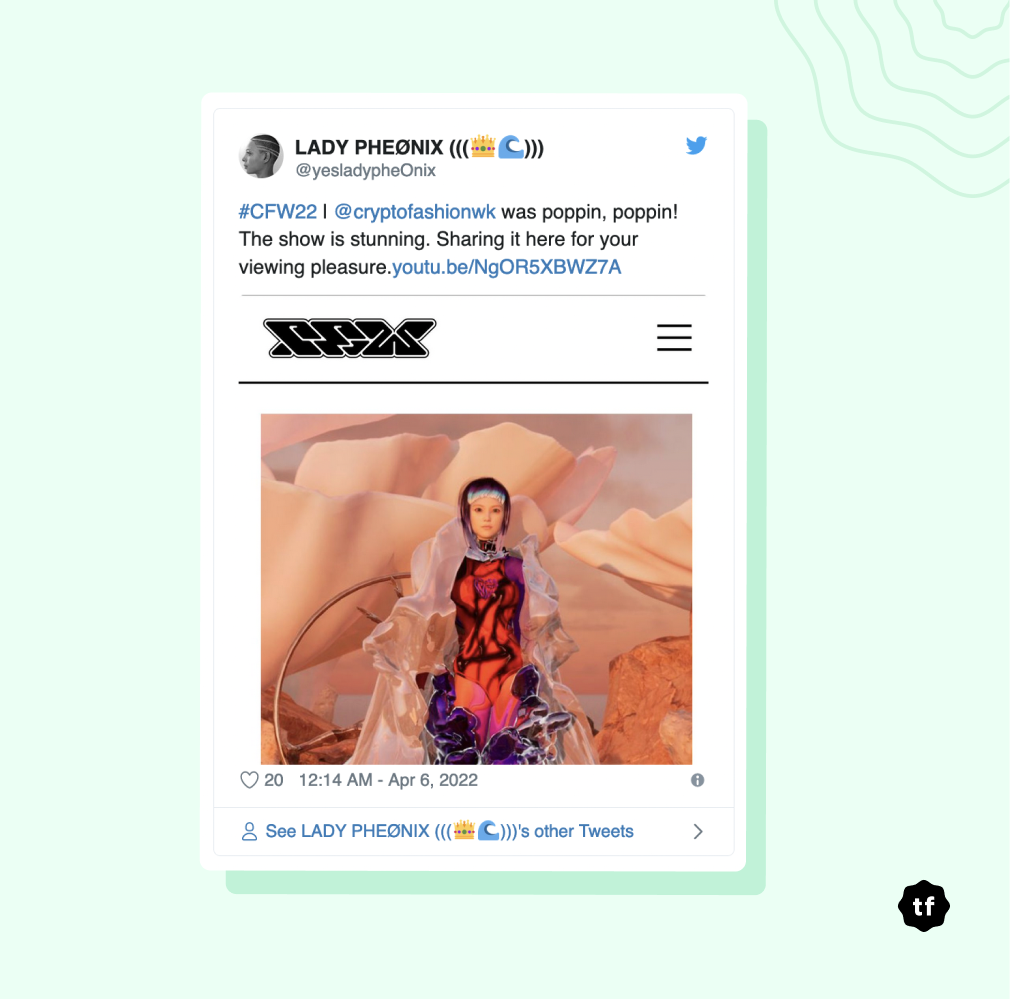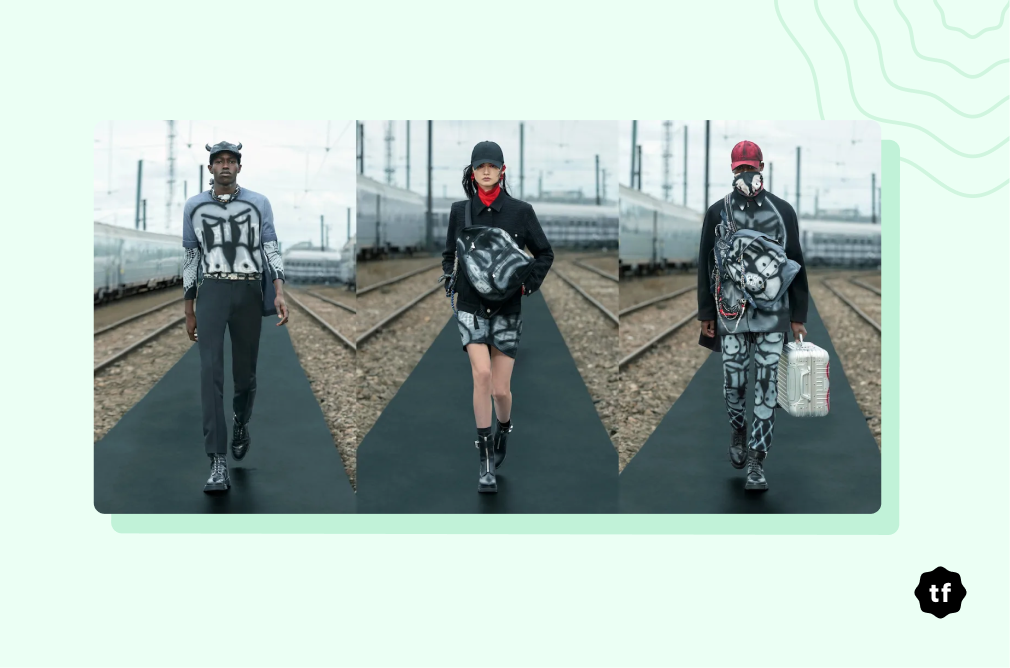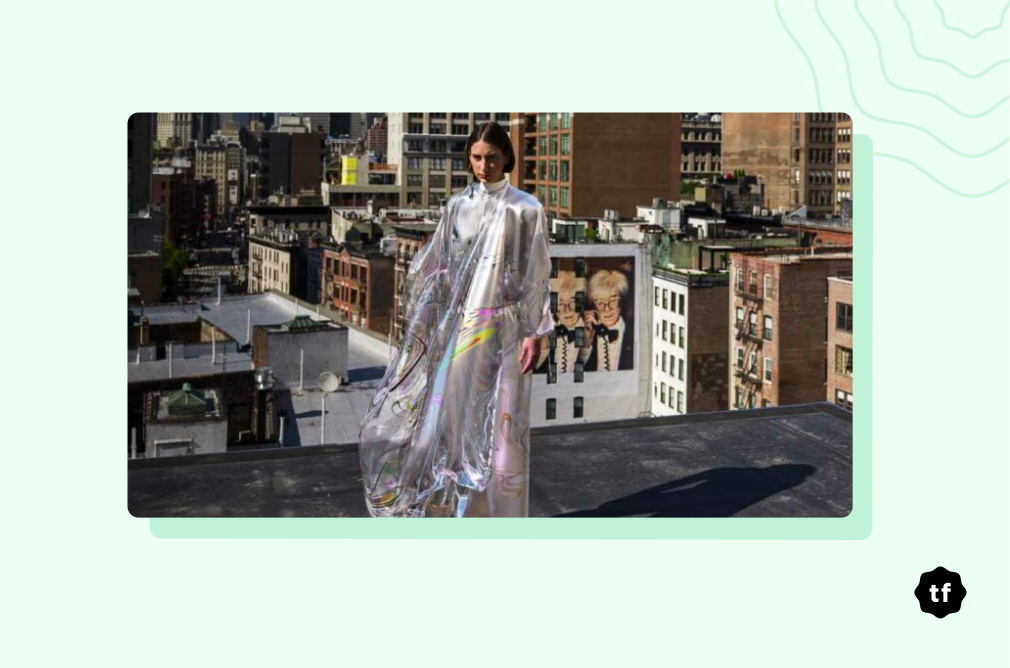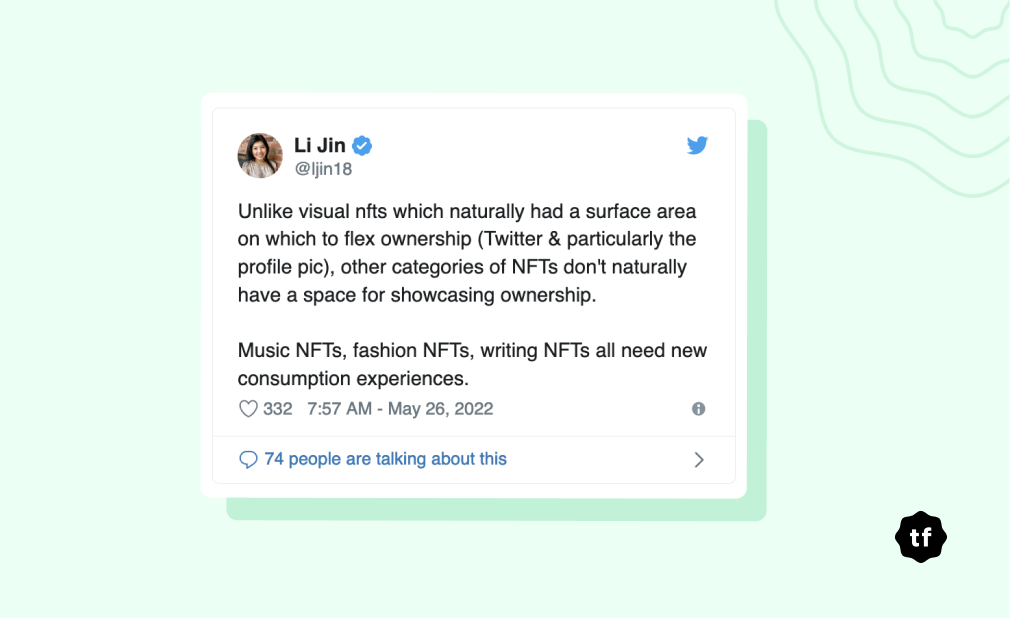Are you thinking of the days when spending lakhs on fashion seemed ridiculous? Welcome to the new world where people are spending as much on a pair of exclusive sneaker NFTs. Virtual fashion and collectibles aren’t new to the world — gamers have been buying accessories and avatars for years now. And it’s true when people say fashion is an art form that will unabashedly experiment for the future. So, it was a no-brainer that fashion would eventually enter the web3 world, making digital fashion more accessible.
In 2021, Crypto Fashion Week put together a digital fashion event with ramp walks, designer showcases, and conversations with designers and the community. Earlier this year, it made a comeback followed by Metaverse Fashion Week by Decentraland. Perry Ellis, Fred Segal, Vault Switch Watches, Dolce & Gabbana, Casablanca, DKNY and Paco Rabanne were some of the participants.

Both the fashion weeks prioritised their communities and fashion enthusiasts got to experience and understand the potential of digital fashion — of course, they got to shop fashion NFTs too. Owning a fashion collectible or designing our avatars is again not new — remember how Snapchat & Bitmoji offered digital outfits from Ralph Lauren, Adidas, and Jordan? Even today, Bitmoji introduces different brands (say Forever 21 and the like) to spruce up our avatars.
What Exactly is Fashion in the Web3 World?
Let’s start with the basics — digital assets or NFTs are minted to a blockchain, and they’re usually authenticated through digital ledgers or blockchain. Transparency is the key to NFT management, and very few NFTs are minted for exclusivity. And as we know, exclusivity and fashion are synonymous, so when limited editions of fashion NFTs are minted, it’s a moment of bolt for fashion enthusiasts! NFT or digital fashion enthusiasts can now grab rare, exclusive Jordan sneaker NFTs with the same gusto as a physical pair.
Fashion NFTs work like digital wearables, and you can dress your avatar or PFP with them.
Will NFTs Impact the Fashion Commerce?
In a good way, fo sho! 💥
But let’s talk numbers — Reuter reports that NFTs have made about $2.5 billion in the first half of 2021 alone, including all digital asset forms. Last year, Dolce & Gabbana sold digital assets worth 1,885.719 Eth, loosely converting to about $5.7 million. Karl Lagerfield’s collection of about 777 pieces was sold out in under 33.77 seconds. Designers like Balenciaga, Tag Heuer, and Gucci now accept crypto payments, which means fashion in the web3 world isn’t only limited to digital assets. Also, Givenchy and Gucci collaborated with artists to produce NFT collections.

For instance, let’s take Givenchy’s exclusive Chito x Givenchy NFT, where Givenchy collaborated with digital artist Chito to produce 15 exclusive NFTs. Givenchy’s statement said it has adopted an eco-friendly method for this by minting the NFTs on Polygon that enables carbon-efficient transactions. The proceeds from the sale will be sent to The Ocean Cleanup, a charity that’s actively extracting plastic pollution from oceans.
This collection was also produced for physical consumption, which is clearly the future — more and more designers will first mint NFTs before launching physical collections. Labels like Louis Vuitton, Levis, Burberry, etc., may have launched NFTs but not all well is in the hood.

What’s interesting is that a Birkin NFT got sold at a higher price than an original Birkin bag ($40,000 and $500,000), which led to a commotion in the fashion world as Hermès (the original designer & producer of a Birkin bag) hasn’t approved of the MetaBirkins by Mason Rothschild. Hermès has gone ahead and sued the designer for minting 100 exclusive Birkins that resemble the OG Baby Birkins. In a Discord chat, Rothschild told his community how the MetaBirkins in his tribute to the iconic bag. 👜
Read more about it here.

What else is happening in this space:
- One of the first labels to enter the NFT space is The Fabricant that sold its Iridescence dress for an equivalent of $9,500 in May 2019. The label calls it the world’s first digital-only dress on blockchain.
- Red DAO is super active in the digital fashion ecosystem, and this DAO has about 50 members. According to Fashion United, Red DAO is super keen to invest in the fashion NFTs.
- Dolce & Gabbana collaborated with UNXD to create NFTs, including The Impossible Tiara crafted with gems that aren’t found on Earth. According to Vogue, this was sold for more than $300,000.
- According to Statista, Gucci, Louis Vuitton, and Givenchy opted for a traditional NFT route by selling NFTs based on graphic designs from a collection, a movie featuring their fashion and a video game that they brought to market, respectively. However, the sales proved less profitable, bringing in only around $159,000 for Givenchy and $25,000 for the movie NFT by Gucci.
Many designers also argue that fashion NFTs are more eco-friendly as there is no fabric wastage, but minting them still isn’t entirely eco-friendly. So fashion houses are still looking to optimise their carbon emission.
Luxury Brands Minting NFT was Inevitable But What About Small Brands?

We’ve discussed the numbers and how luxury brands are launching exclusive NFTs, but luxury brands have always been the first to enter any future-first space. There’s demand for a Balenciaga NFT because a Balenciaga loyalist wants to invest in digital assets. But what about small brands or lesser-known artists?
For one thing, that’s what web3 is all about — everyone can access and create opportunities. But what should ideally change is the way we consume fashion. Thinking of fashion NFTs as a replacement for physical NFTs is a wrong idea to begin with because fashion is an experience. Fashion NFTs allow brands to foster a community and constantly engage them — in stark contrast to walking into a store, grabbing a product and leave. Plus, artisans and designers can directly connect with their consumers without a brand liaising between them.
And that’s the future! Gartner says by 2026, 25 per cent of people will spend at least an hour every day in the Metaverse — digital appearances will be of importance. So, fashion in the web3 world does seem inevitable!
What do you think? We'd love to know your thoughts.






